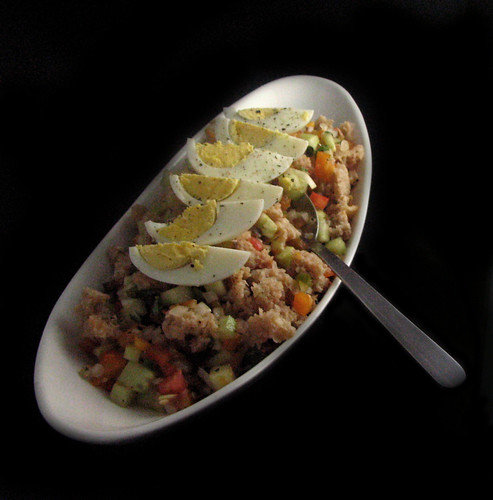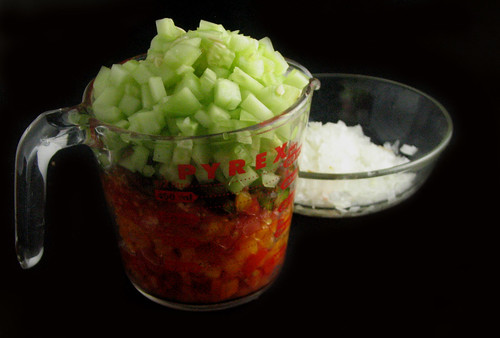
About a month ago I bought a bunch of shallots from the greenmarket to pickle. That got me brushing up on my pickle reading and I happened across the recommendation that any leftover brine you have prepared can be kept almost indefinitely. That was just enough to rekindle my interest in light pickling. Not all pickles have to steep for months (like my pickled shallots) Some can be ready to eat overnight. Lately I’ve been using light pickling to extend the life of my prepared veggies. Last week I roasted a bunch of chiogga beets and tossed them in a jar with some of the leftover brine from my shallots. I’ve been enjoying beet and goat cheese sandwiches ever since. If you're making pickles to eat relatively soon and store in the fridge, you don’t need to go through all of the labor intensive processes of sterilizing and sealing jars. Just make a quick brine (salt, sugar, vinegar in water) and pour it over a jar of veggies. Your pickles won’t be the kind that will last for months out of the refrigerator, but the acid or salty environment of the brine will help your pickles long outlive other cooked or fresh veggies in your fridge. While I was roasting my carrots, I remembered having some beautiful pickled carrots at Franny’s a few months back. I figured that it was a perfect opportunity to try my hand at something approximating them. The result was so tasty I had to post it. The pickles are pleasantly salty and tart, but those sensations yield to the delicate, sweet, earthy essence of carrot.

Yields about 1 12-14oz jar
5-6 roasted carrots, cut in half lengthwise and trimmed to the length of your jar
white wine vinegar
salt
bay leaves
strips of lemon peel
Arrange your carrots in a jar. Tuck in a few pieces of lemon peel and bay leaves. Pour white wine vinegar (or other light-flavored vinegar) into the jar until it fills about a quarter of the jar. Pour in water until it is about 3/4 full. Add a teaspoon of salt. Close the jar and shake to dissolve the salt. Adjust the seasoning of the brine to taste (remembering that the carrots are sweet and you want a fairly tart brine. (At this point you're leaving a little room left in the jar so that you can adjust the tartness and saltiness of your brine) Fill the jar up with water and store in the fridge. Your carrots will be ready to devour the next day. As this is the first time I've made these pickles, I can't say how long they'll last. I have a sneaky suspicion that my jar will be empty long before these little carrots lose their charm.







